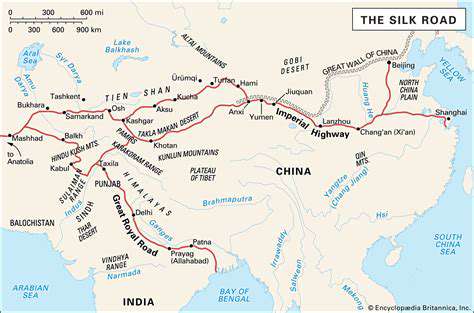The History of Ice Cream: A Sweet Story
The story of ice cream truly takes shape with the influence of Italy. Italian artisans began to perfect techniques for creating a more stable and flavorful frozen dessert. The addition of milk and cream, along with the use of molds, allowed for a more structured and consistent product. These advancements in production and quality marked a pivotal moment in the evolution of ice cream.
The Arrival of the Ice Cream Maker
The invention and popularization of the ice cream maker in the 19th century revolutionized the way ice cream was produced. This technological advancement brought the creation of this exquisite frozen delight within reach of a wider segment of the population, no longer limited to the wealthy and elite. The ice cream maker democratized the enjoyment of ice cream, making it a more accessible and affordable treat for the masses.
The ease of production allowed for more experimentation with different flavors and ingredients. This marked a significant turning point in the history of ice cream, paving the way for the countless varieties we enjoy today.
The 20th Century and Beyond: Innovation and Globalization
The 20th century witnessed a tremendous surge in ice cream innovation, with the rise of new flavors, improved manufacturing processes, and the expansion of the industry worldwide. The introduction of new technologies and ingredients led to the creation of innovative and exciting ice cream flavors and textures, catering to increasingly diverse tastes.
The globalization of ice cream has connected different cultures and culinary traditions. The exchange of recipes and ingredients has led to the blending of flavors and the creation of unique ice cream experiences, reflecting the globalized nature of food culture today.
Ice Cream Today: A Timeless Delight
Today, ice cream remains a beloved treat enjoyed worldwide. Its versatility and ability to adapt to different tastes and preferences have ensured its enduring popularity. From artisanal shops crafting unique flavor combinations to large-scale manufacturers producing iconic brands, the ice cream industry continues to thrive and evolve, reflecting the ever-changing preferences and creativity of those who enjoy it.
The history of ice cream, from its ancient roots to its modern-day popularity, is a testament to the enduring appeal of frozen desserts and the human desire to create and enjoy delicious, refreshing treats. This timeless delight continues to offer a sweet escape and a taste of history with every spoonful.
The Middle Ages and the Dawn of Innovation
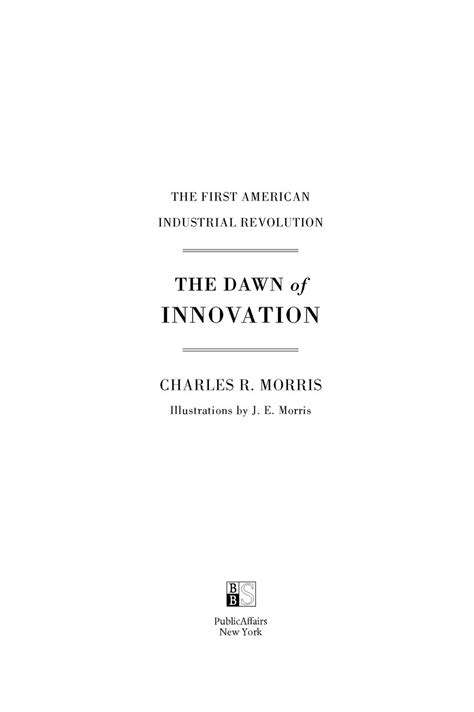
The Transition from Antiquity to the Middle Ages
The transition from the classical world of antiquity to the Middle Ages was a complex and multifaceted process, not a sudden rupture. While the fall of the Western Roman Empire marked a significant turning point, the changes were gradual and involved the intertwining of various cultural, political, and economic factors. The shift wasn't just about the loss of centralized Roman authority; it was about the emergence of new social structures and values. This period saw the rise of new power structures, including the Papacy, and the development of feudalism as a system of governance and land ownership.
The legacy of Roman law, administration, and infrastructure played a crucial role in shaping the early medieval world. Many Roman institutions persisted, albeit adapted to the new circumstances. For example, Roman legal principles influenced the development of medieval legal codes, and Roman engineering skills were utilized in the construction of fortifications and public works projects. This demonstrates the enduring impact of the previous era, providing a foundation for the development of medieval society.
The Rise of Feudalism
Feudalism, a complex system of reciprocal obligations, emerged as a dominant social and political structure in many parts of Europe during the Middle Ages. It involved a hierarchical relationship between lords, vassals, and peasants. Land ownership was central to this system, with lords granting land to vassals in exchange for military service. This system provided a degree of order and stability in a fragmented and often violent world.
The feudal system provided a framework for defense and governance in the absence of strong centralized states. It also shaped the social hierarchy, with the nobility at the top, followed by knights, and finally the peasantry. This structure, though often harsh and unequal, provided a framework for societal organization during this time. This hierarchical structure impacted daily life and the power dynamics within medieval communities.
The Role of the Church
The Christian Church played a profoundly significant role in medieval society, acting as a powerful force in both religious and secular affairs. The Church wielded immense influence over education, art, and culture. Monasteries served as centers of learning, preserving classical texts and fostering intellectual pursuits. This safeguarding and transmission of knowledge played a critical part in the development of medieval Europe.
The Church also held significant political power, often mediating disputes and influencing the actions of rulers. Its vast landholdings made it a major economic force, and its moral authority shaped the ethical and social norms of the time. The Church's dominance had a profound impact on the lives of ordinary people, influencing their beliefs, values, and daily routines.
The Crusades and Their Impact
The Crusades, a series of religious wars, represent a significant chapter in medieval history, spanning several centuries. These military expeditions, launched by European Christians, aimed to reclaim the Holy Land from Muslim control. The Crusades had significant consequences, both positive and negative, influencing the political, economic, and cultural landscape of Europe.
The Crusades brought Europe into closer contact with the East, stimulating trade and cultural exchange. However, they also fostered religious intolerance and conflict, leading to violence and persecution against minority groups. These events significantly shaped the development of Europe's relationships with other civilizations and the evolution of its internal social structures.
Technological Advancements and Economic Changes
The Middle Ages witnessed significant technological advancements that profoundly altered the course of European history. Innovations in agriculture, such as the heavy plow and the three-field system, led to increased food production and population growth. These advancements contributed significantly to the burgeoning economic growth of the medieval period. This agricultural productivity laid the foundation for further development.
The growth of towns and cities, spurred by increased trade and manufacturing, marked a crucial shift in the economic landscape. The rise of guilds regulated crafts and trade, fostering a more organized and efficient economy. The development of new technologies and trade routes further enhanced the prosperity of medieval Europe, paving the way for the changes to come.
The Renaissance and the Rise of Sophistication
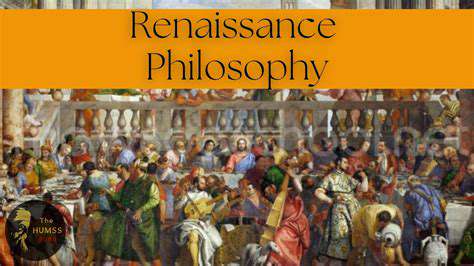
The Flourishing of Humanism
The Renaissance witnessed a profound shift in intellectual and cultural focus, moving away from the medieval emphasis on religious dogma towards a renewed interest in classical learning and human potential. This humanism emphasized the importance of human reason, experience, and achievement, fostering a spirit of inquiry and creativity that permeated all aspects of life. Humanists believed that humans were capable of great things and that education was crucial for realizing those potential achievements.
This emphasis on human potential led to a surge in artistic and scientific endeavors. Artists sought to capture the beauty and complexity of the human form, while scientists explored the natural world with renewed vigor. This intellectual ferment laid the groundwork for the scientific revolution that would follow.
The Impact of the Printing Press
The invention of the printing press by Johannes Gutenberg revolutionized the dissemination of knowledge. Previously, books were painstakingly copied by hand, making them expensive and rare. The printing press made books more affordable and accessible, allowing more people to read and learn. This wider access to knowledge fostered intellectual curiosity and contributed to the spread of new ideas throughout Europe.
This widespread access to information fueled the exchange of ideas and facilitated the rapid spread of Renaissance ideals. The printing press played a critical role in connecting scholars, artists, and thinkers across geographical boundaries, ultimately shaping the course of European history.
Patronage and Artistic Innovation
Wealthy patrons, including powerful families and the Church, played a crucial role in supporting Renaissance artists and fostering artistic innovation. Their commissions provided artists with the resources and encouragement they needed to create masterpieces that reflected the humanist ideals of the era. These patrons understood the importance of art in celebrating human achievement and enriching society.
The support of these patrons was vital to the flourishing of the arts during the Renaissance. Without their financial backing, many magnificent artworks and architectural marvels would not have been possible.
Scientific Advancements and Exploration
The Renaissance also saw remarkable scientific advancements. Scientists like Leonardo da Vinci combined artistic observation with scientific inquiry, leading to groundbreaking discoveries in anatomy, engineering, and other fields. This spirit of inquiry and experimentation paved the way for the scientific revolution of the following centuries.
Exploration and discovery were also key aspects of the Renaissance. European voyages of exploration opened up new trade routes and expanded the understanding of the world, leading to the exchange of goods, ideas, and cultures. This global exchange further enriched European society.
Political Developments and the Rise of Nation-States
The Renaissance witnessed significant political changes, including the rise of powerful nation-states. This shift from feudal systems to centralized monarchies led to greater stability and a more unified Europe. These political developments created a more conducive environment for the flourishing of arts and sciences.
The growing power of centralized states also played a crucial role in the development of Renaissance art and culture. Rulers often commissioned works of art to bolster their prestige and showcase their power. This patronage further fueled the artistic and intellectual dynamism of the era.
Social and Religious Transformations
The Renaissance was not without its social and religious transformations. The rise of humanism challenged traditional religious dogma and fostered a spirit of individual expression. Challenges to the authority of the Catholic Church began to emerge, setting the stage for religious reformation in the following centuries.
Changes in social structures and religious beliefs also reshaped the fabric of Renaissance society. The increasing emphasis on individual potential and achievement altered social hierarchies and paved the way for future societal shifts.
Dehydration, a condition characterized by insufficient fluid intake, can significantly affect various aspects of health, impacting both short-term well-being and long-term health outcomes. It's a surprisingly common issue, often overlooked or underestimated in its severity.
The 18th and 19th Centuries: From Royal Courts to Public Palaces
The Rise of Ice in Royal Courts
The 18th century witnessed a significant shift in the perception and accessibility of ice. Previously a rare and precious commodity, often associated with royal feasts and exclusive gatherings, ice began to find its way into the lives of the aristocracy. Elaborate ice-making techniques, though still rudimentary by modern standards, allowed for the creation of impressive ice sculptures and the preservation of perishable goods, elevating ice from a mere novelty to a practical necessity within the opulent settings of royal courts. This newfound importance laid the groundwork for the future development of ice technology and its eventual integration into broader society.
Royal chefs and courtly entertainers were challenged to incorporate ice into elaborate dishes and entertainment. Ice sculptures, often depicting mythological figures or elaborate floral designs, became a prominent feature at royal celebrations. The logistical challenges of procuring and storing ice were formidable, demanding considerable resources and expertise. This emphasis on ice in royal settings fostered a burgeoning interest in its properties and potential applications beyond mere refreshment.
Ice Harvesting and Early Storage Methods
During the 18th and 19th centuries, the primary source of ice remained natural ice harvesting. Extensive networks of ice houses and storage facilities were developed to preserve ice throughout the warmer months. These facilities, often large and strategically located near bodies of water, were crucial to ensuring a consistent supply of ice for the growing demand. The process of harvesting involved careful selection of ideal ice-forming conditions and the meticulous cutting and storage of the ice blocks. This intricate process required considerable labor and planning.
Early ice storage methods were primarily focused on minimizing the ice's exposure to heat. Insulated cellars and ice houses were constructed with materials like straw, wood, and earth to create a barrier against the surrounding air temperature. These techniques, while effective, were not without limitations. The capacity for ice storage was relatively small compared to the growing demand, impacting the accessibility of ice beyond the privileged few.
The Growing Demand for Ice and its Impact on Society
The increasing demand for ice, driven by its use in cooling drinks and preserving food, had a ripple effect on various aspects of 18th and 19th-century society. The construction of specialized ice houses and the development of more efficient harvesting techniques became crucial for meeting the needs of a wider population. The growing trade in ice created new economic opportunities and spurred innovation in transportation and logistics. This increasing demand laid the foundation for the industrialization of ice production.
The availability of ice facilitated the growth of the beverage industry and the expansion of the food supply chain. Ice became increasingly important for preserving perishable goods, enabling longer transportation and storage of meats, fruits, and vegetables. This extended the availability of fresh food and contributed to a rise in the overall standard of living, particularly in urban centers.
The Development of Artificial Ice Making: A Glimpse into the Future
While natural ice harvesting remained prevalent, the 19th century saw the emergence of rudimentary artificial ice-making techniques. Early experiments with ice-making machines, utilizing the principles of refrigeration, signaled a shift towards a more sustainable and controlled method of ice production. These nascent technologies, though not yet widely adopted, offered a tantalizing glimpse into a future where ice would be more readily available and less reliant on the vagaries of the weather. The potential for year-round ice production was a significant advancement.
Ice and the Changing Landscape of Public Life
The increasing accessibility of ice, driven by both natural harvesting improvements and the early stages of artificial production, began to transform public life. The rise of public ice houses and the availability of ice in public spaces broadened its use beyond the elite. The introduction of ice-cooled beverages, like iced tea and lemonade, became a popular pastime. This wider accessibility of ice contributed to the development of public entertainment and social activities, impacting the cultural landscape of the time.
The use of ice in public places, such as parks and gardens, significantly altered the experience of leisure and recreation. The ability to cool drinks and maintain a cooler temperature in public spaces fostered a new kind of public enjoyment and social interaction. This shift towards a more comfortable and refreshing public environment signaled a profound change in the way people interacted with the world around them.
The 20th Century and Beyond: Innovation and Globalization
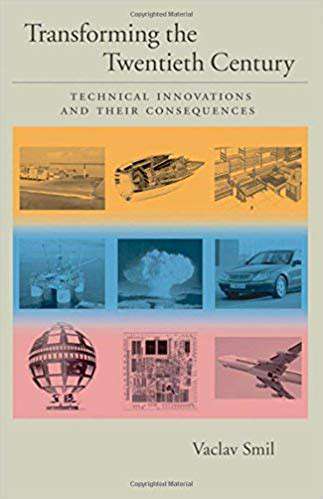
The Dawn of Modernity
The 20th century witnessed a profound shift in human civilization, marked by unprecedented technological advancements and societal transformations. From the internal combustion engine to the atomic bomb, innovation redefined the very fabric of daily life. This period saw the rise of mass production, changing the nature of work and consumption, while simultaneously creating new challenges related to industrialization and urbanization. The early decades were characterized by a sense of optimism and progress, a belief in the power of science and technology to solve the world's problems.
The development of new communication technologies, such as the telephone and radio, drastically reduced distances and fostered greater global interconnectedness. This connectivity, while bringing benefits, also brought about new forms of conflict and tension, as nations competed for influence and resources on an increasingly global stage.
Scientific Breakthroughs and Their Impact
Scientific advancements were a defining characteristic of the 20th century. The discoveries in physics, particularly Einstein's theory of relativity, revolutionized our understanding of the universe and laid the groundwork for future technological innovations. These breakthroughs fundamentally altered our perspective on space, time, and the fundamental laws governing the cosmos. Quantum mechanics, another major scientific development, opened up new possibilities in fields like electronics and materials science.
The development of antibiotics and vaccines dramatically improved public health, extending lifespans and reducing the impact of infectious diseases. This progress, coupled with advancements in surgery and medicine, significantly impacted the quality of life for countless individuals.
Social and Political Transformations
The 20th century also saw significant social and political transformations. The two world wars reshaped the global political landscape, leading to the rise of new superpowers and the redrawing of national borders. The rise of totalitarian regimes and the subsequent struggle for freedom and democracy marked a defining chapter in human history. The fight for civil rights and social justice, challenging discriminatory practices and advocating for equality, was a central theme throughout the century.
The rise of communism and the Cold War created a period of global tension and ideological conflict. These events impacted international relations and shaped the political alignments of nations for decades.
Technological Advancements and Everyday Life
Technological advancements radically altered everyday life in the 20th century and beyond. The invention of the personal computer, the internet, and mobile phones ushered in the digital age, connecting people across the globe and fundamentally changing how we communicate, work, and learn. These technologies transformed industries, created new job opportunities, and provided access to information previously unimaginable.
The development of the automobile and air travel dramatically increased mobility and connected distant communities. This accessibility fostered cultural exchange and economic growth, while also presenting new environmental challenges.
The 21st Century and Beyond
The 21st century continues this trend of rapid technological advancement, with advancements in artificial intelligence, biotechnology, and renewable energy poised to reshape the future. These innovations promise to address critical global challenges such as climate change and resource scarcity. However, they also raise significant ethical and societal questions that require careful consideration and responsible governance.
The interconnected nature of the world continues to evolve, with global challenges demanding international cooperation. Navigating these challenges while harnessing the potential of innovation will be critical for shaping a sustainable and equitable future.



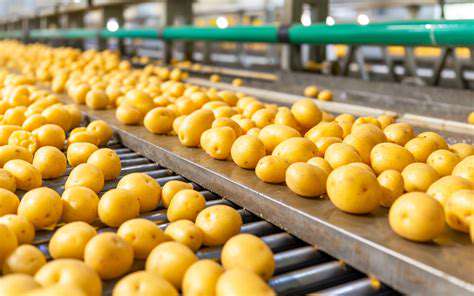
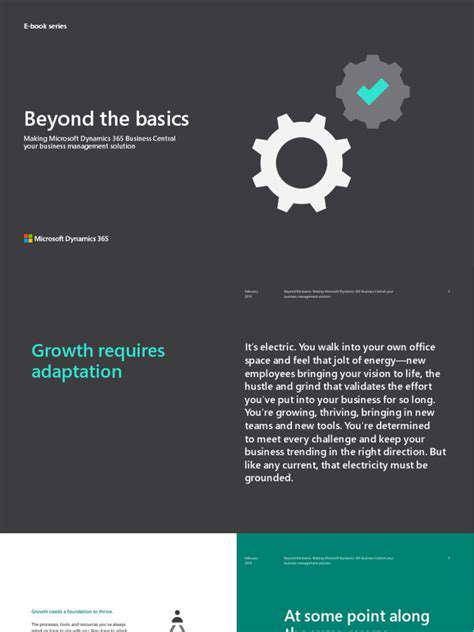
![Top Ice Cream Parlors in [City]](/static/images/28/2025-07/DiscoveringHiddenGemsandLocalFavorites.jpg)
